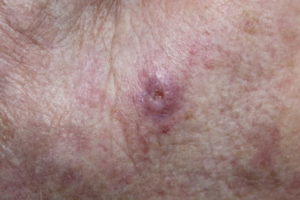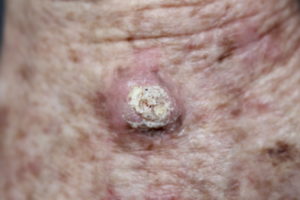Prevention methods such as sunscreen, protective clothing (hats, sunglasses and clothing with a high ultraviolet protection rating) and seeking shade should be taken throughout the entire year in Australia, especially in Shepparton, which often has a very high UV Index even in winter. If spending the day out in the sun, make sure to check UV levels and recommended sun protection times the day before to ensure you have adequate protection. You can check this via SunSmart, Bureau of Meteorology, in the weather section of your dailynewspaper or the weather app on your phone.
All Shepparton Skin Clinic practitioners have expertise in screening for skin cancer, determining whether a spot is harmless, a warning sign or a type of skin cancer. If you have noticed a spot or mole that you are concerned about, contact us today to book in for a skin check or total body mapping. For more information on the warning signs, harmless spots and the different types of skin cancer, click the links below.
Warning signs for skin cancer are known as solar keratoses or sunspots.
These types of spots are a warning skin that you are prone to skin cancer and appear as red, flattish scaling dry skin that may sting if scratched. Solar keratoses or sunspots are most common in people over the age of 40 and appear on areas of the skin that are most often exposed to the sun (for example, hands and face).
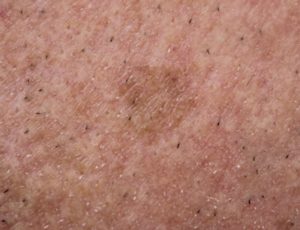
There are two forms of harmless sports: Moles & Seborrhoeic Keratoses
It is important to monitor your moles carefully for any signs of change.
Moles are:
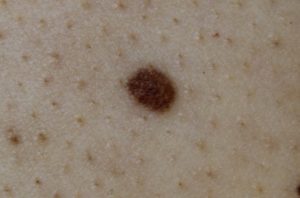
Like moles it is important monitor these spots for any signs of change.
Seborrhoeic keratoses are:
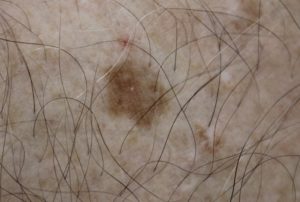
There are four types of skin cancers: Melanoma, Nodular Melanoma, Basal Cell Carcinoma & Squamous Cell Carcinoma
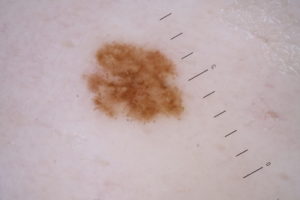
Melanomas are the most deadly form of skin cancer.
These deadly spots can appear as a new spot or an existing spot that has changed in colour, size or shape. They can also show up on skin that isn’t normally exposed to the sun. If left untreated it can spread to other parts of the body.
Common features of a melanoma include:
Nodular melanomas looked vastly different to common melanomas.
Common features of nodular melanomas are:
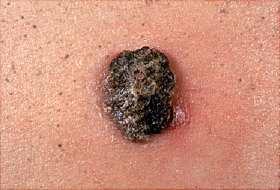
Basal cell carcinoma are the most common and least dangerous form of skin cancer.
Common features of basal cell carcinoma are:
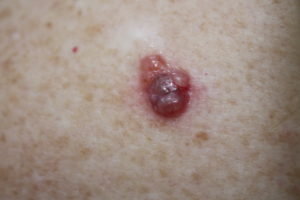
Squamous cell carcinoma are more likely to occur in people over the age of 50 years.
Common features of squamous cell carcinoma are:
